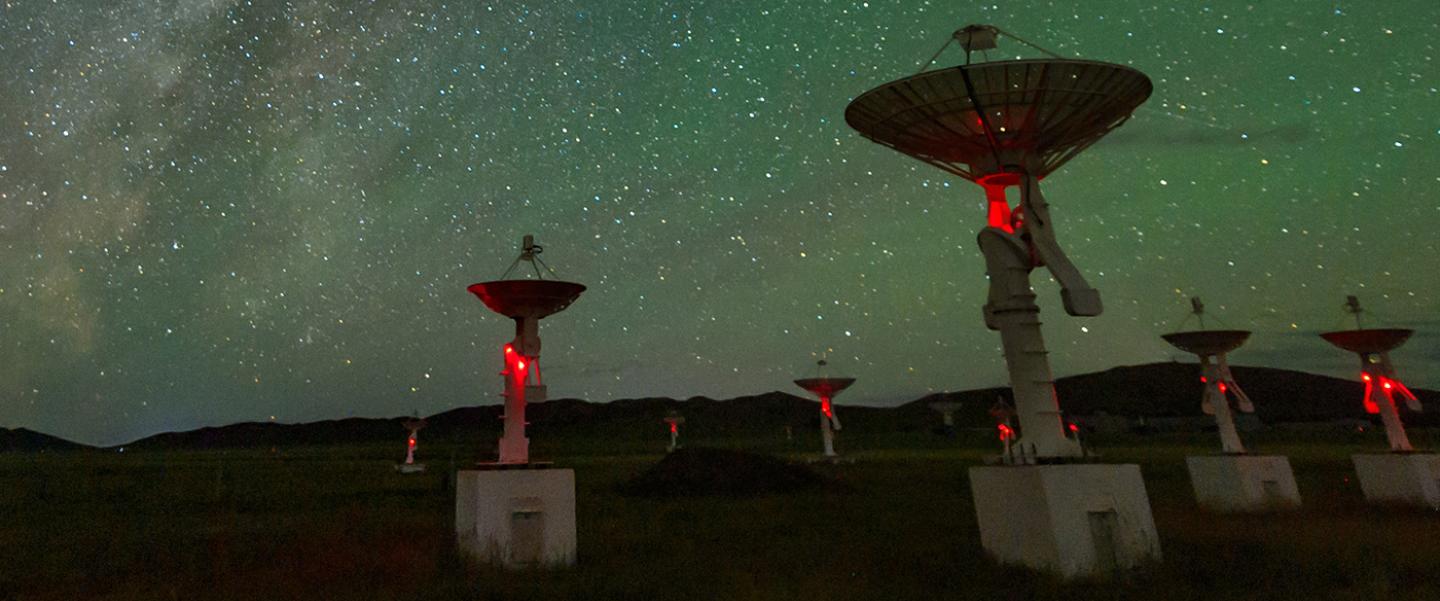HIGHLIGHTS
- The hazards of space weather were recognized but unquantified.
- Abt analyzed the heliophysics data and surveyed stakeholders.
- Our study established the basis for quantifying mitigation efforts.
The Challenge
“Space weather” isn’t the next blockbuster movie franchise; it refers to conditions created by the sun, solar wind, magnetosphere, ionosphere and thermosphere near Earth’s space environment that impact our planet. The effects of space weather can interrupt and damage critical technologies, such as electric power grids, airlines, trains, pipelines and global navigation satellite systems (GNSS), but the scope of these threats was unknown. The federal government realized that space weather presents significant risks to the U.S. economy and its citizens, so the National Oceanic and Atmospheric Administration asked Abt Global to provide the first comprehensive assessment of potential vulnerabilities—including social and economic impacts—and suggest how we can improve our resilience.
The Approach
Our study was based on scientific and engineering literature addressing the physics of space weather events, integrated with subject matter experts’ understanding of the physical effects and key concerns. One of our goals was to capture and synthesize what is known about space weather across four technological sectors: electric power, satellites, GNSS users and aviation. We then conducted an initial round of stakeholder interviews—notably engineers and operators working within each sector—to better understand the physical effects and the different categories of impacts associated with their sectors.
Another critical goal was to estimate the potential monetary impacts associated with space weather storms of varying intensities, including both “moderate” and more “extreme” events, thereby providing a range of data. Analyzing different events is an essential first step towards better understanding how impacts may change as storm size escalates.
The Results
Our study established a robust understanding of how to quantify space weather impacts. We captured expenditures that help protect technologies against potential vulnerabilities, estimated any physical damage to sector equipment that may result either suddenly or slowly over time and addressed impacts to users of technologies, such as changes in provision, quality and/or pricing. We also investigated the potential hazards to humans.
We estimated approximately $4 million to $8 million for moderate event scenarios, and $100 million to $600 million for the extreme event scenarios. These estimates are transparent and tractable, making it easy for others to build on this pioneering effort. The study also provides flexibility, enabling our estimates to be updated as technologies and society evolve and additional knowledge is acquired.
Finally, our approach to exploring and synthesizing the many complexities of this topic can be readily applied to other sectors impacted by space weather (e.g., trains, pipelines), enabling more robust planning for all stakeholders moving forward.
Learn more:
Social and Economic Impacts of Space Weather in the United States
Report Highlights Social and Economic Impacts of Space Weather
The Social and Economic Impacts of Space Weather (US Project)
